Cooking or heating food before eating it has obvious benefits. In vegetables, cooking breaks down fiber and cell walls, making them easier for our bodies to digest. Cooking can even increase the bioavailability of certain nutrients and compounds, such as the antioxidant lycopene that is found in red fruits and vegetables.
Some nutrients, however, can diminish when vegetables are exposed to heat. Vitamin C, which is water soluble, degrades during cooking and all but disappears if the veggies are boiled. Vitamin C is vital for the normal functioning of the body, and plays a part in the formation of blood, bones, and muscles.
There is an advantage to eating certain vegetables raw, especially those that are high in healthful compounds that aren’t found in many other sources. To determine 12 vegetables you should be eating raw, 24/7 Tempo referred to numerous health and nutrition sources as well as the magazine Scientific American. We focused on vegetables that are often cooked, eliminating those that are commonly eaten raw, like lettuce and cucumbers.
Many vegetables, like tomatoes – the biggest sources of lycopene – have different merits when eaten raw or cooked. Cooking tomatoes increases the lycopene availability but also destroys the vitamin C. The important note here is to eat a varied diet that includes some raw tomatoes and some cooked tomatoes. Also keep in mind that various cooking methods degrade nutrients differently. For many vegetables, boiling is the biggest culprit in nutrient loss, so try roasting or steaming your veggies instead. (On the other hand, never eat these 9 vegetables raw.)
Here are 12 vegetables you should be eating raw:
Beets
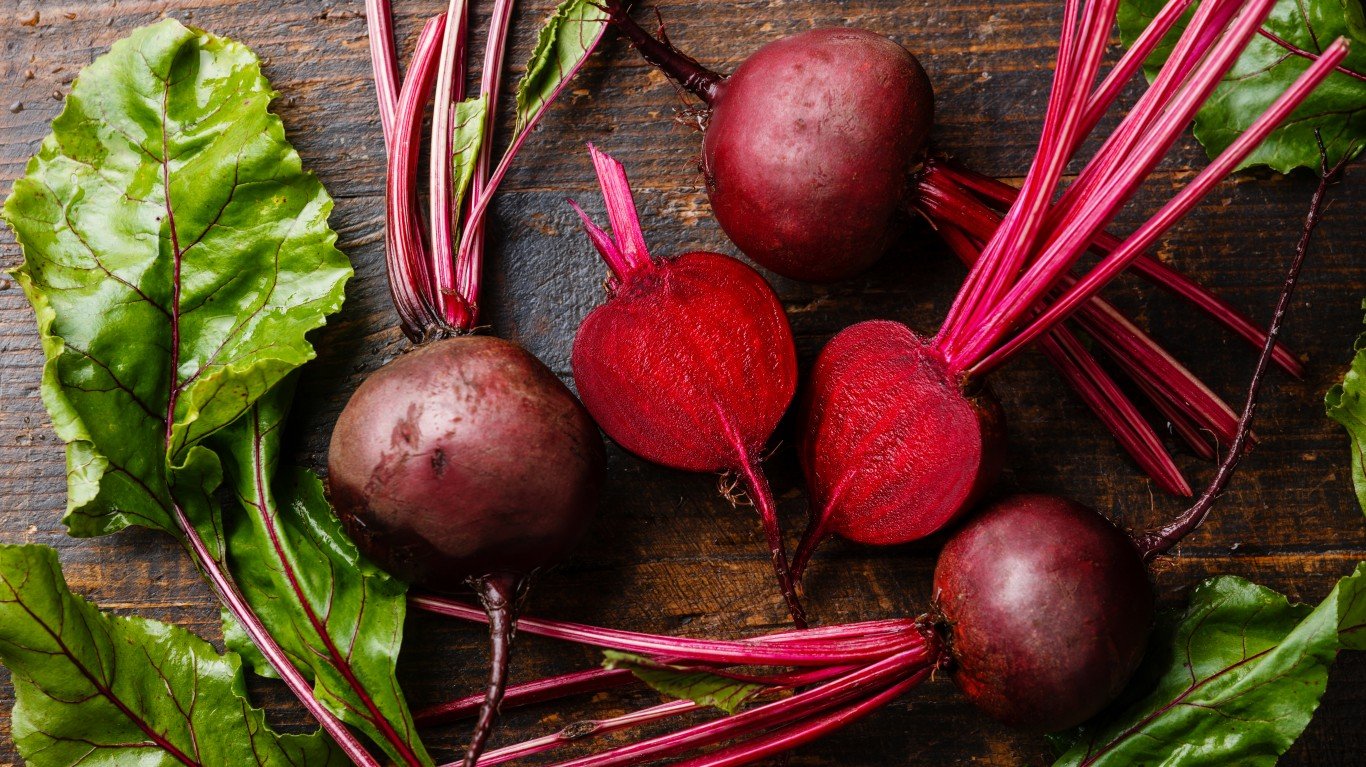
Beets contain potassium, folate, copper, calcium, iron, and five essential vitamins. However, they may lose up to a quarter of their folate and vitamins when cooked – especially if they are boiled, as many of the nutrients end up in the water. Try them grated into a salad with roasted nuts and goat cheese.
Bell peppers

Peppers are absolutely loaded with vitamin C, and also contain vitamins E and B6, magnesium, and antioxidants. Up to 75% of their antioxidants could be lost when they are cooked, and their B and C vitamins will diminish as well. Try them dipped in hummus or grated into a cabbage slaw with sesame oil.
Broccoli
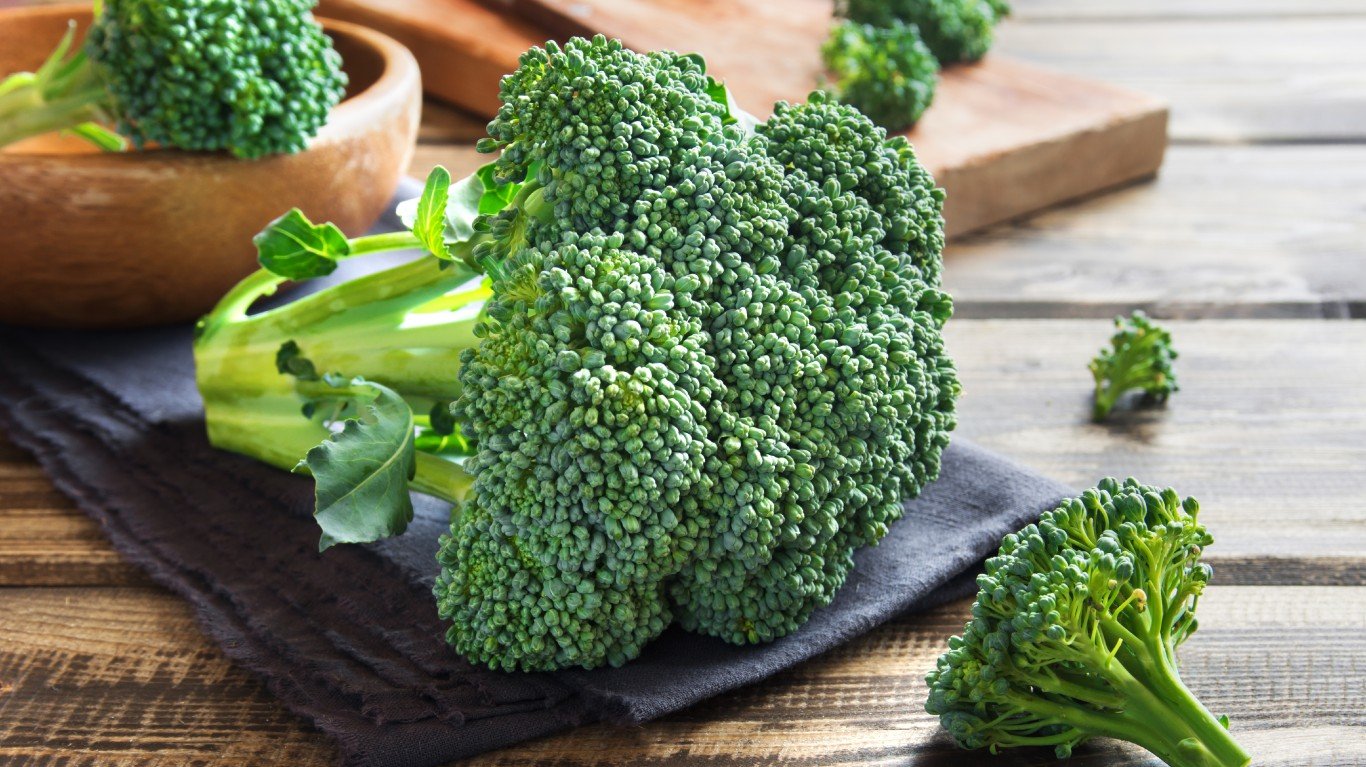
Numerous studies show that broccoli is healthier when eaten raw than when it is cooked. It contains vitamins K and C, folate, magnesium, and potassium. It is also a major source of sulforaphane, an antioxidant compound that may help fight cancerous cells and the bacteria that causes ulcers, and could also contribute to lower blood pressure and a healthier heart. Your body will absorb more sulforaphane from broccoli if it is eaten raw. Try it in a salad with almonds, dried cranberries, and a dressing of maple and apple cider vinegar.
Brussels sprouts

These cruciferous vegetables full of vitamins and minerals and are particularly high in folate and vitamin C. However, they may lose up to 55% of their vitamin C and 25% of their folate when they are cooked. Try them shredded in cole slaw as a cabbage alternative.
Cabbage
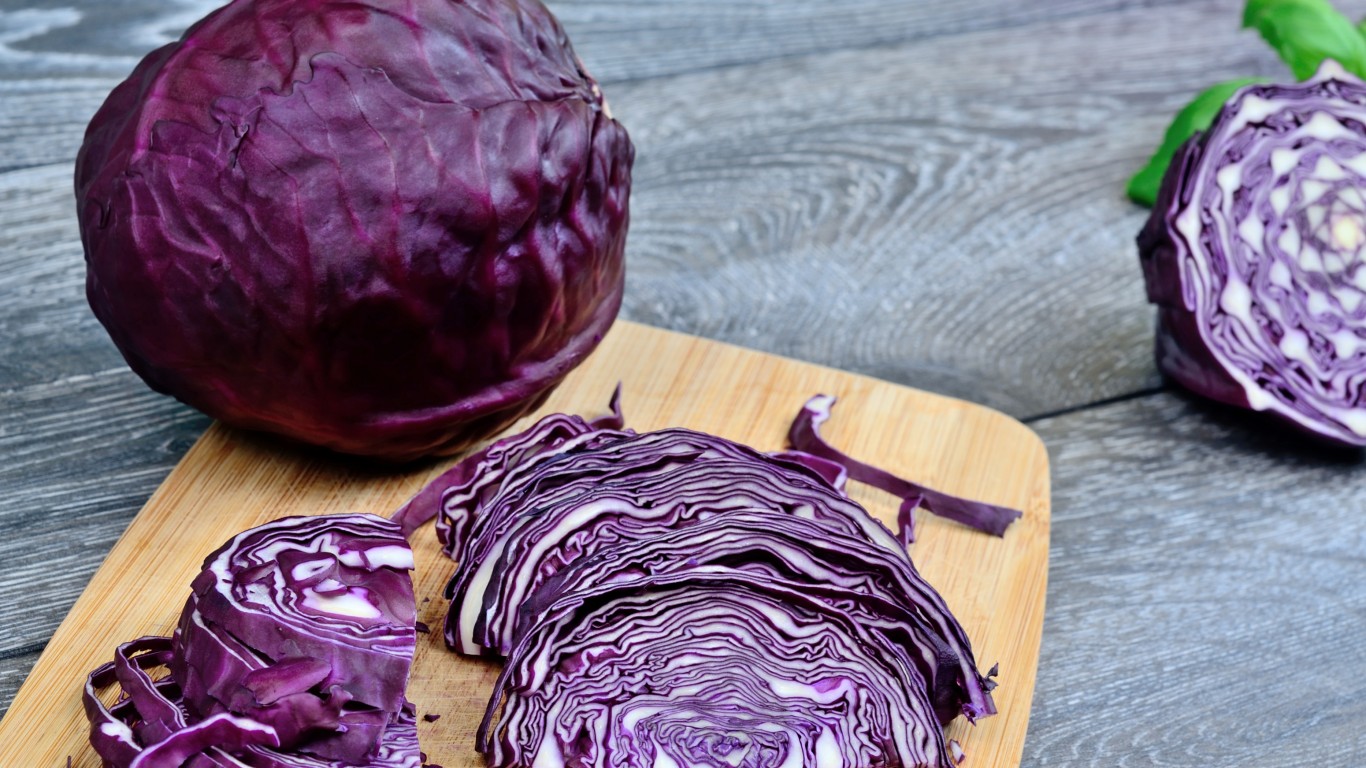
A cup of raw cabbage contains about 85% of the recommended daily value for vitamin K, and 54% of the vitamin C you need. It is also rich in folate, potassium, calcium, and magnesium. Cooking cabbage has been shown to decrease the antioxidants, vitamins, minerals, and sulfur compounds. Try it shredded in an Asian-inspired cabbage salad with spicy peanut sauce and edamame.
Cauliflower
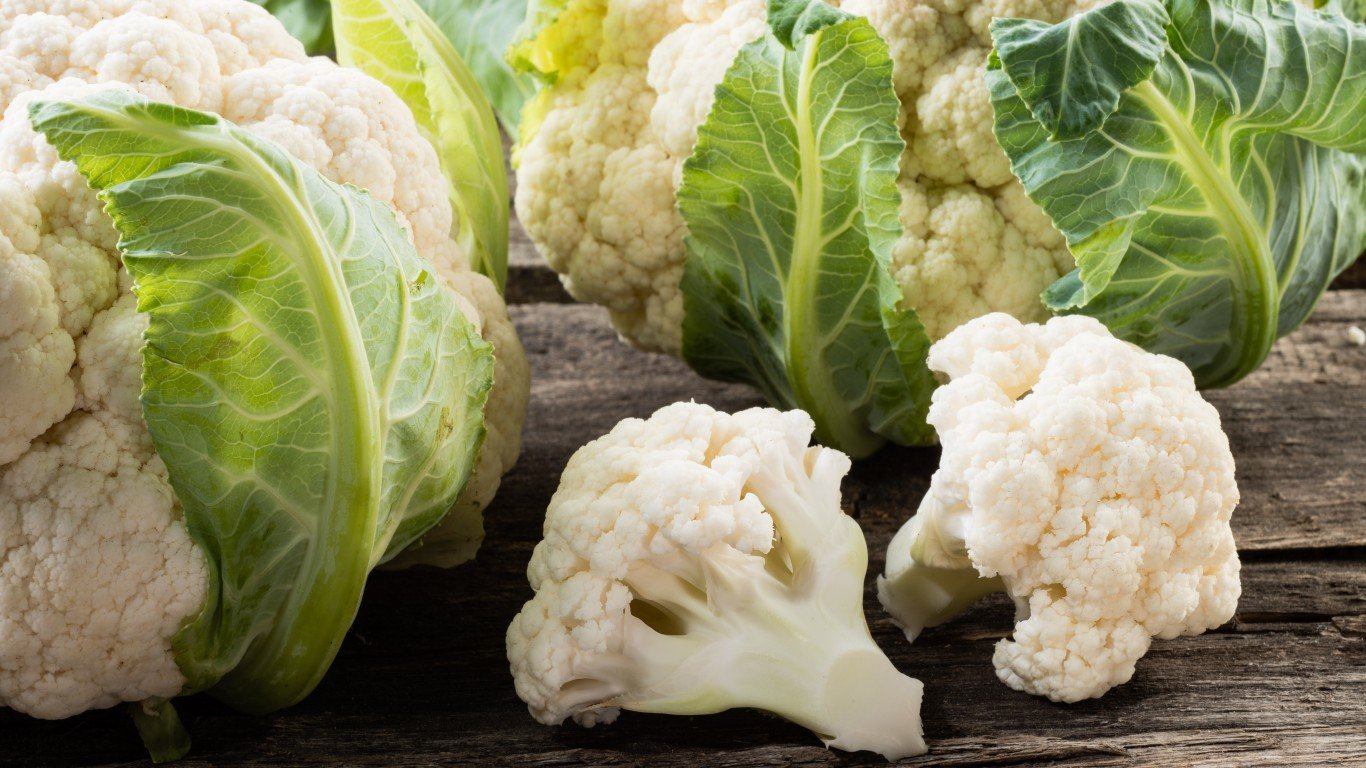
Cauliflower is high in vitamins C and K, and folate – all of which diminish with cooking. It also contains cancer-fighting compounds that are released when the vegetable is chopped. Try it minced or riced and added to a salad with spiced chickpeas, avocados, and mint.
Garlic
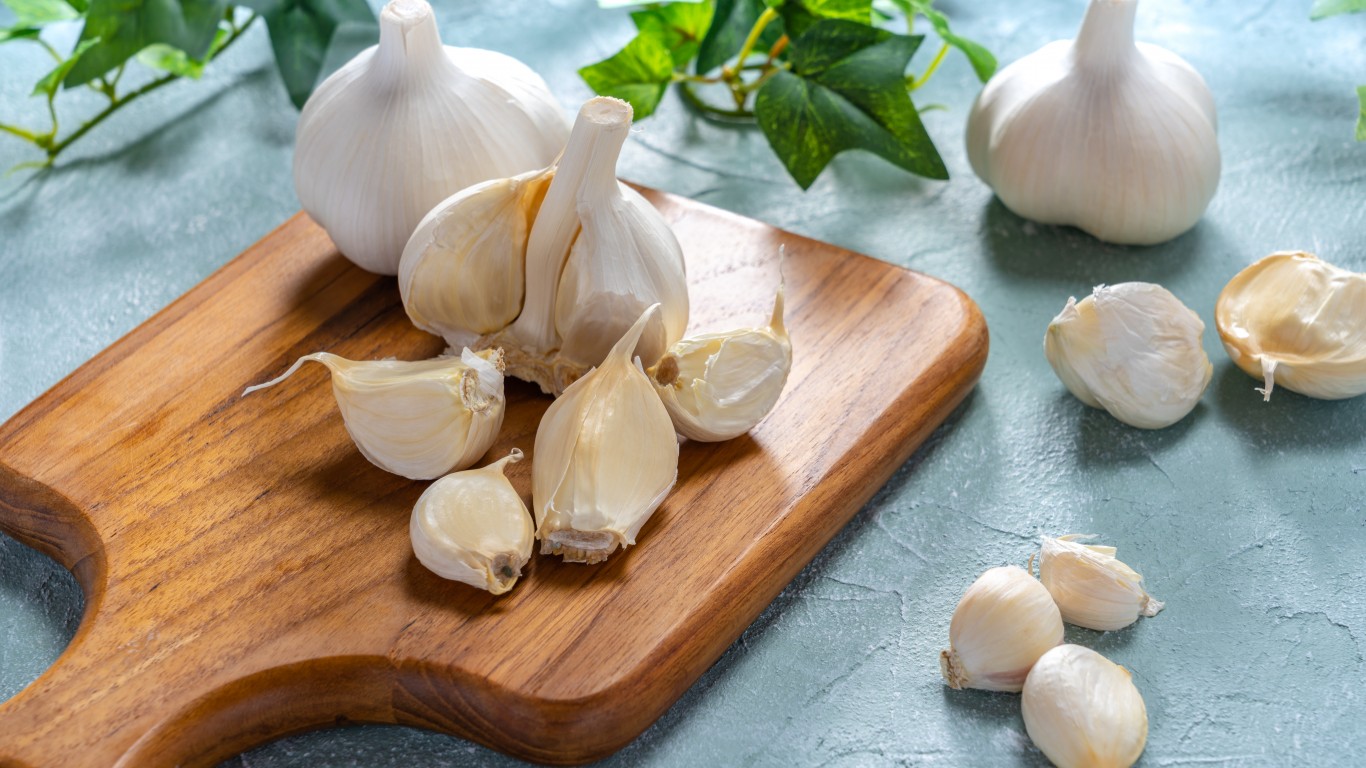
This pungent vegetable is full of antioxidants and sulfuric compounds that can boost the immune system, decrease inflammation, and support a healthy heart and brain. These compounds can be destroyed by cooking. Try blending raw garlic into a sauce such as pesto or a spread like hummus to make it more palatable.
Kale
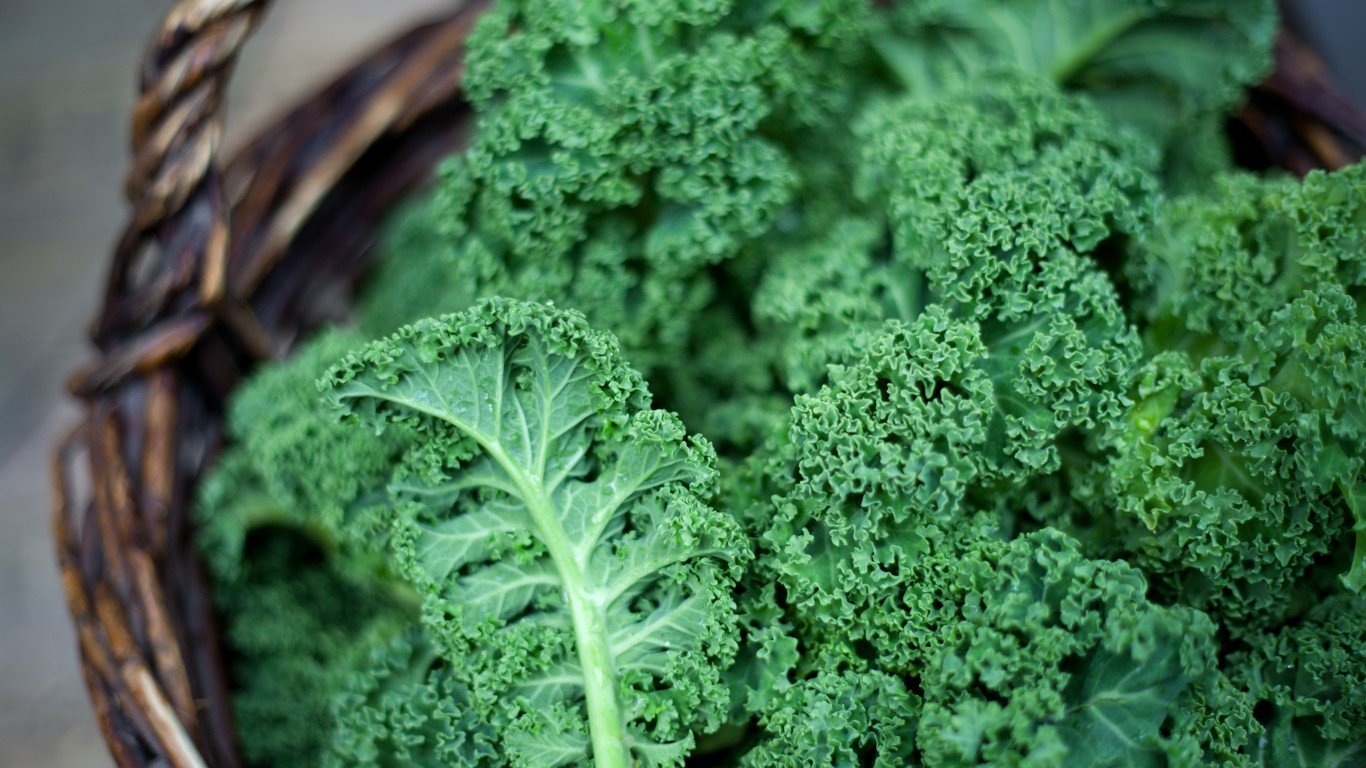
Kale contains compounds called glucosinolates that interact with an enzyme to become a compound that has been linked to lower incidents of chronic disease. However, when kale is cooked, the enzyme deactivates, and the vegetable loses this disease-fighting perk. Try a rubbed kale salad with pumpkin seeds and tahini lemon dressing.
Leeks
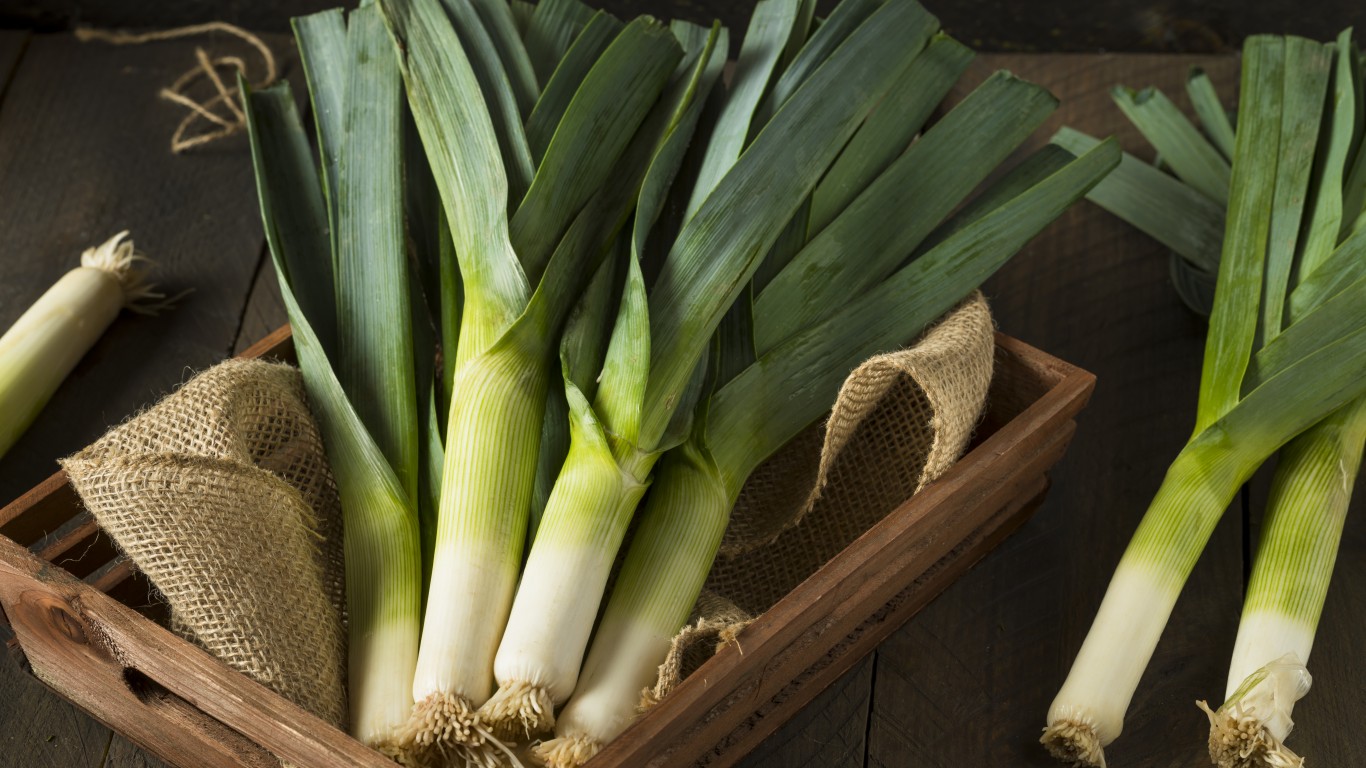
According to a 2018 study, leeks are one of the vegetables with the highest antioxidant levels when eaten raw. They are sweeter and milder than onions, and can replace raw onion in fresh salsas and guacamole, or be tossed in salads.
Onions
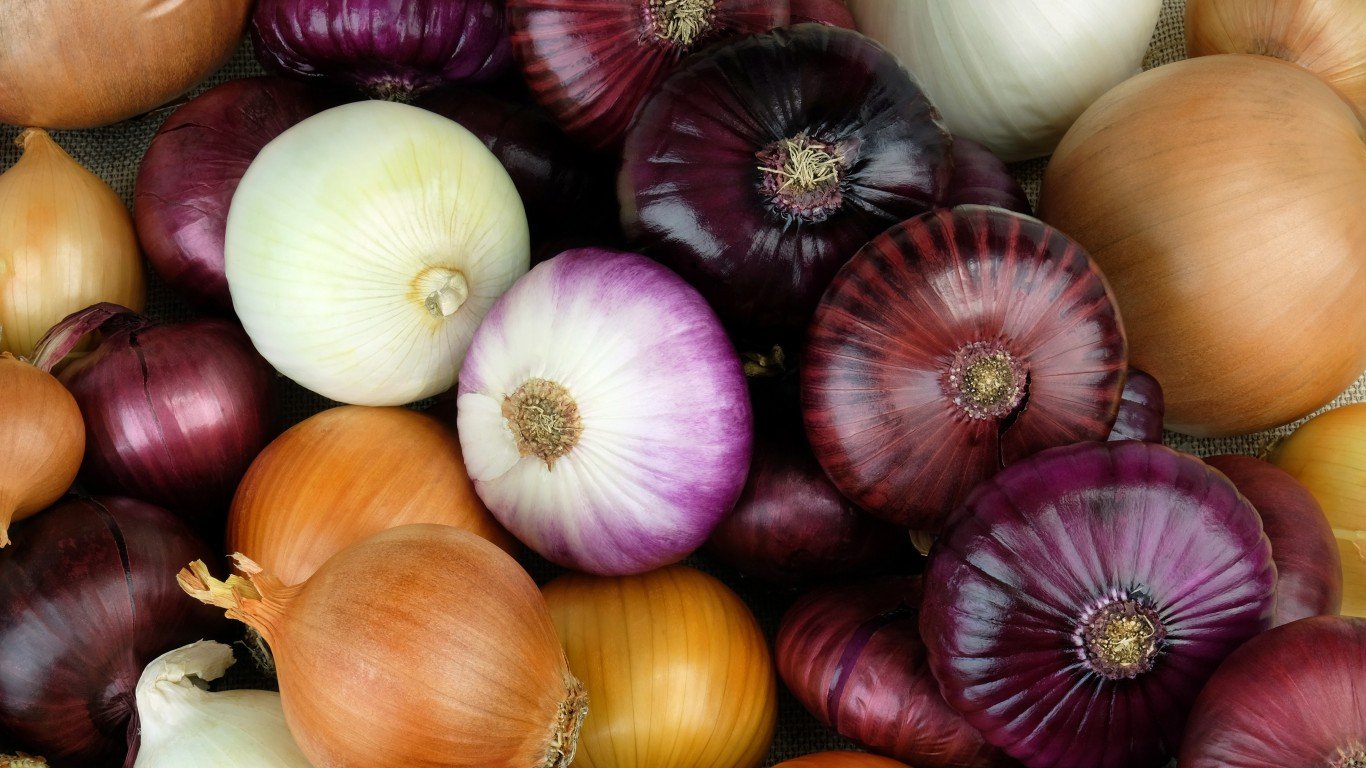
Onions contain numerous nutrients and compounds that will diminish with cooking, including vitamin C, antioxidants, sulfuric compounds, and quercetin. The sulfuric compounds in raw onions can help reduce cholesterol, promote insulin production, and reduce blood clots, which helps prevent cardiovascular disease. The quercetin is a flavonoid that can help fight cancer. Try raw onions in salads, on sandwiches, and in fresh salsas.
Snow and snap peas
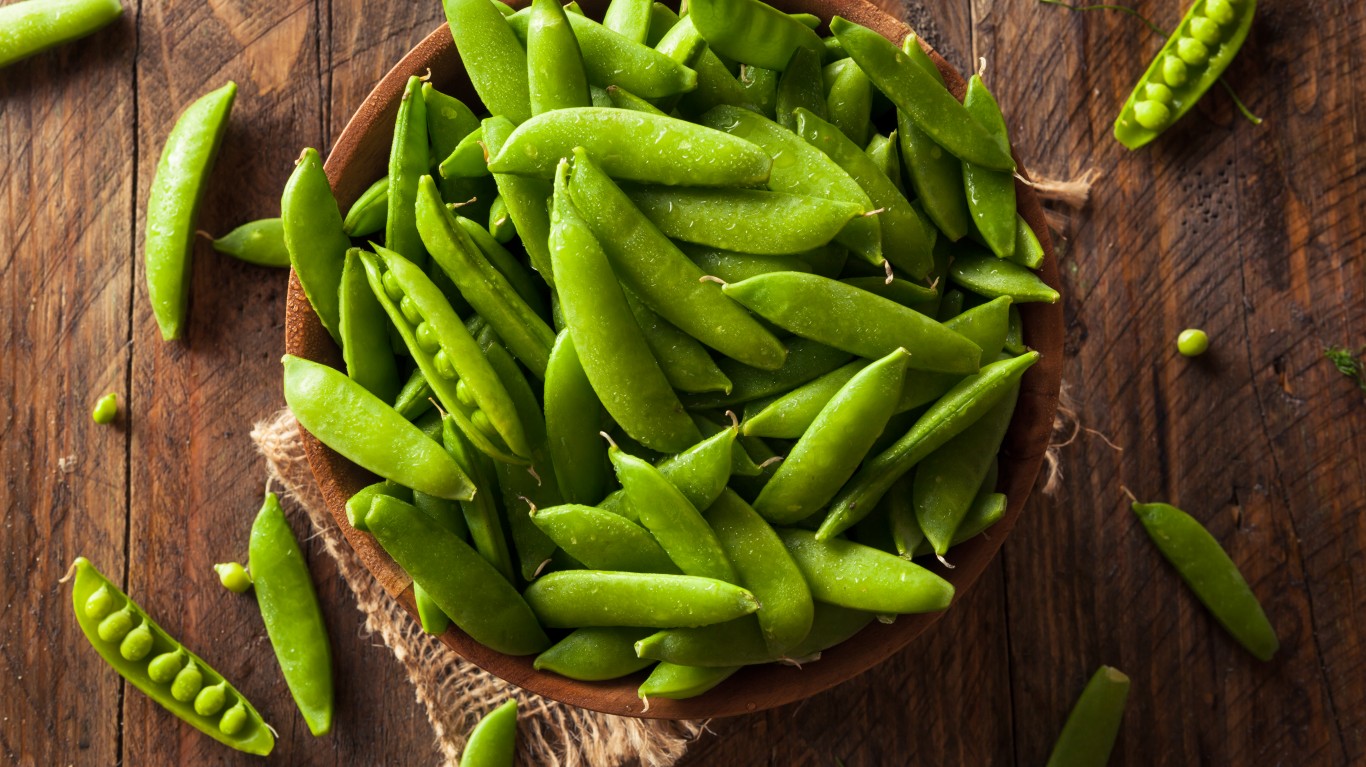
Peas in the shell are one of the most vitamin C-rich vegetables when eaten raw. They are also great sources of vitamin K, folate, and fiber. Try them in a salad with basil, burrata, and lemon vinaigrette.
Tomatoes
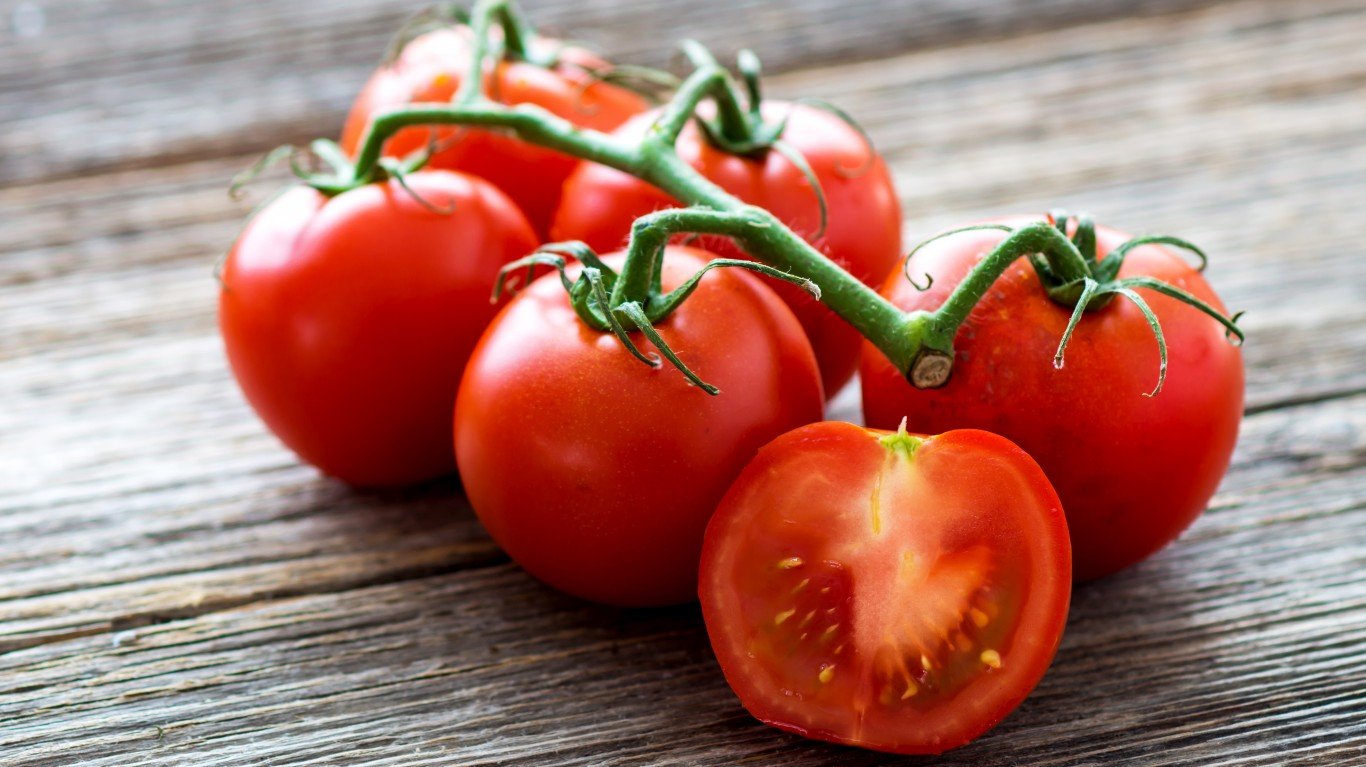
Eating raw tomatoes can help reduce the risk of heart disease and cancer. They are high in vitamin C, folate, potassium, and vitamin K, all of which can help control blood sugar and boost immunity. Try raw tomatoes in a caprese salad with mozzarella, basil, and a drizzle of olive oil.
